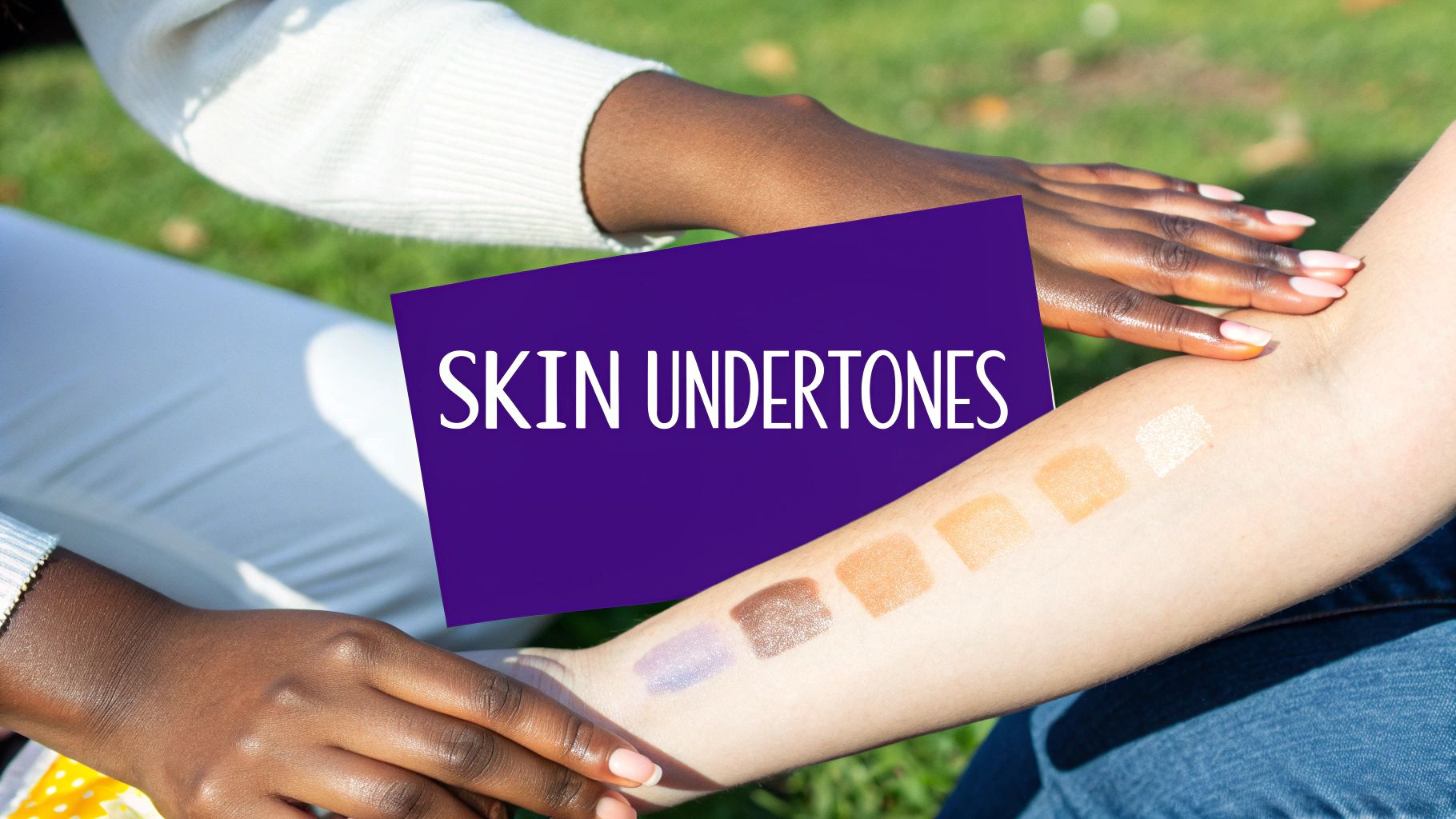
What Is My Skin Undertone? The Expert Guide To Finding Your True Color Match
By Emma Johnson - 8/12/2025
Understanding Skin Undertones: Beyond Surface Color
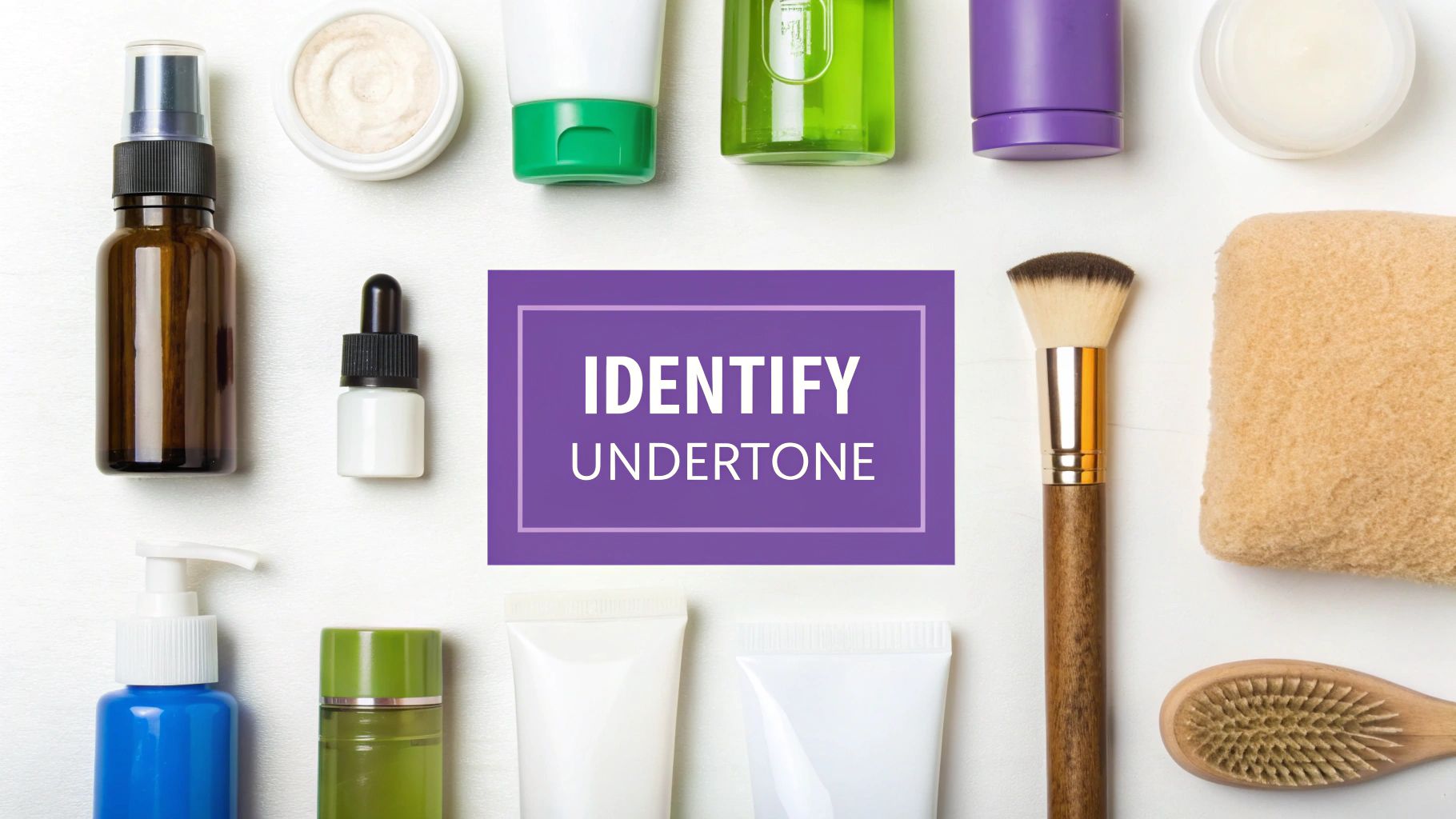
Your skin undertone is the subtle color that lies beneath your skin's surface. While your outer skin tone can change with sun exposure or skin conditions, your undertone stays constant. This makes it essential for selecting makeup, clothing, and hair colors that truly complement you. Understanding your undertone goes beyond finding the right foundation - it helps you make color choices that make you look your best. Read also: Comprehensive guide to understanding skin undertone
Why Your Skin Undertone Matters
Have you ever wondered why some colors make you look healthy and vibrant while others leave you looking washed out? The answer often lies in your skin's undertone, not just its surface color. For instance, two people with the same surface skin tone may have completely different undertones - one cool and one warm. This explains why that foundation that looks perfect in the bottle might not work once applied.
Decoding the Science of Skin Undertones
The science behind skin undertones involves specific color patterns in our skin. For Caucasian skin tones, experts look for a 20-point difference between red and blue values in the RGB color model. Typical balanced skin tones show values like 75% R, 65% G, and 55% B or 86% R, 78% G, and 70% B. Learn more about skin tone analysis here. These measurements help explain why certain colors work better with different undertones.
The Three Main Undertones
There are three primary categories of skin undertones:
- Cool: Features pink, red, or blue hints beneath the skin surface, similar to the soft pink of rose petals
- Warm: Shows yellow, golden, or peachy undertones, like the rich color of honey
- Neutral: Combines both cool and warm qualities, appearing more beige or olive-toned
Understanding these categories helps you work with your natural coloring instead of against it. When you know your undertone, you can make better choices about the colors you wear and the makeup you use. The following sections will show you how to identify your undertone and use this knowledge effectively.
The Scientific Foundation Of Skin Undertones
Your skin undertone is shaped by several key biological elements that work together beneath the surface. Understanding these factors helps make better decisions about skincare and makeup products that work for your unique coloring.
Melanin's Role
Melanin is the main pigment that determines skin color, but it's more complex than just one type. There are two key forms: eumelanin, which creates brown and black pigments, and pheomelanin, responsible for reddish-yellow tones. The specific mix of these melanin types helps determine if your undertone appears cool, warm, or neutral.
The Influence of Blood Vessels
The network of blood vessels near your skin's surface plays a significant part in your undertone. When these vessels are close to the surface, they can create cool, pink or blue tints. This explains why some people with fair skin naturally have rosy complexions, though vessel depth and coloring differs from person to person.
Skin Structure's Impact
The physical makeup of your skin affects how it interacts with light. For instance, thick skin reflects and scatters light differently than thin skin, creating subtle variations in how undertones appear. These structural elements help create each person's distinct undertone signature. The cosmetics industry uses this knowledge for shade development - companies analyze their foundation ranges across undertone categories to ensure good coverage for all skin tones. To learn more about how companies evaluate their shade inclusivity, check out this detailed analysis of cosmetics shade ranges.
Why Understanding the Science Matters
Knowledge of skin undertones has practical value for making smart beauty choices. Understanding how melanin, blood vessels, and skin structure work together helps you pick products that match and flatter your natural coloring. This insight leads to better foundation matches, more flattering clothing colors, and wiser skincare choices - taking the confusion out of building an effective beauty routine.
Expert-Backed Methods For Determining Your Undertone
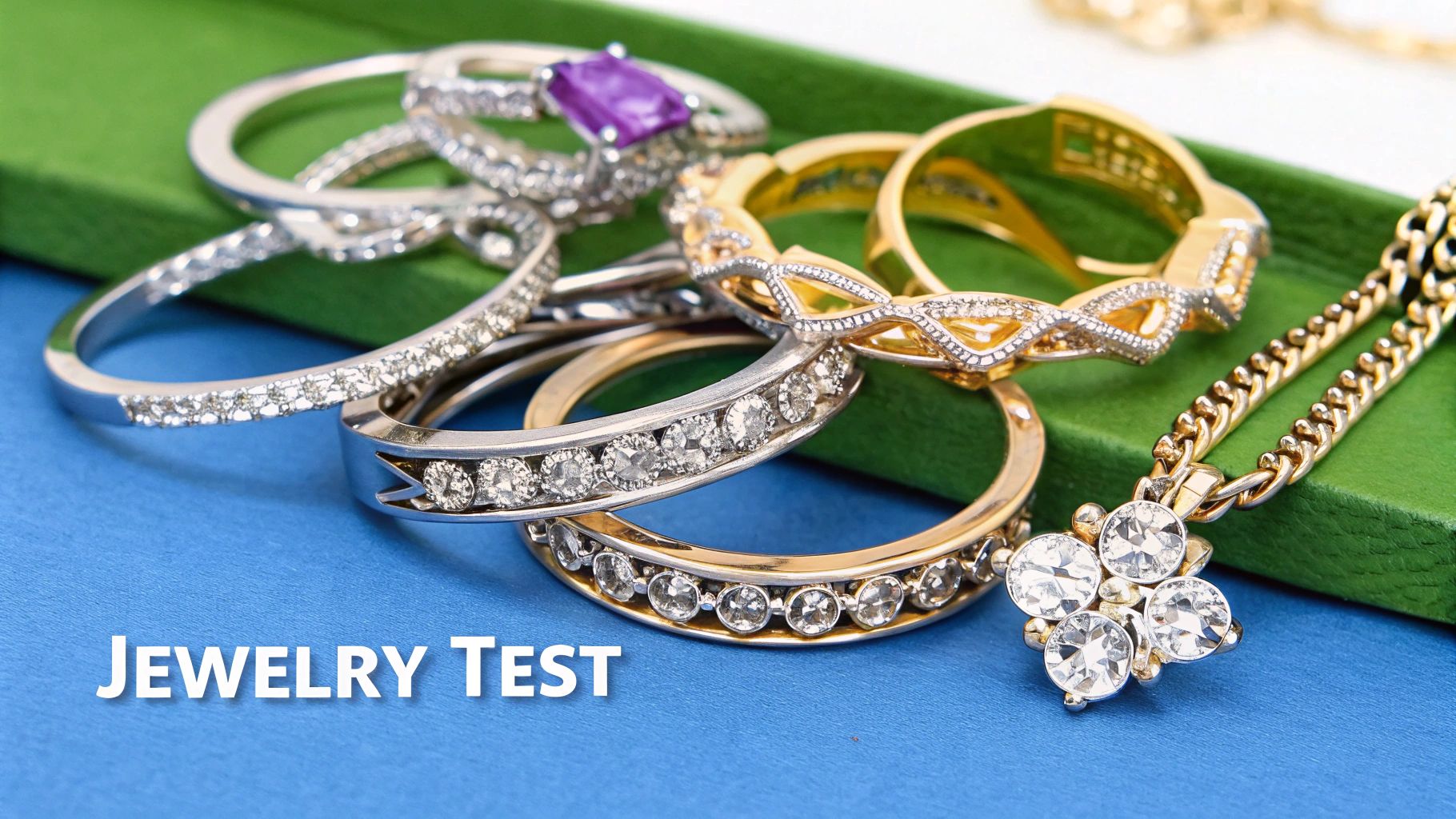
Finding your skin's undertone doesn't have to be complex. Professional makeup artists and skincare experts rely on several proven techniques to determine undertones with confidence. Let's explore these reliable methods step-by-step.
The Vein Test
Look at the veins on the inside of your wrist in natural light. The color you see can help identify your undertone:
- Blue or Purple Veins: Points to a cool undertone
- Green Veins: Indicates a warm undertone
- Blue-Green Veins: Suggests a neutral undertone
Keep in mind that lighting and vein depth can affect what you see, so it's best to use this test alongside other methods.
The Jewelry Test
Notice which metal looks most flattering against your skin - gold or silver. This simple test works because metals reflect light differently on various skin undertones:
- Silver Looks Best: Usually means a cool undertone
- Gold Looks Best: Often indicates a warm undertone
- Both Look Good: Suggests a neutral undertone
Remember that personal preference can influence your perception, so combine this with other tests for better accuracy.
The White Paper Test
Hold a plain white paper next to your face in natural daylight. The contrast helps reveal your underlying skin tone:
- Skin Appears Yellow/Golden: Indicates a warm undertone
- Skin Appears Pink/Rosy: Suggests a cool undertone
- Skin Appears Gray/Ashen: May mean a neutral undertone or that your foundation isn't matching your natural skin color
Combining Methods for Accuracy
Using multiple tests provides the most reliable results. For example, if you have blue veins and look best in silver jewelry, you likely have a cool undertone. Mixed results often point to a neutral undertone.
Considering Lighting and Other Factors
For best results, perform these tests in natural daylight. Artificial lighting can alter how colors appear. Also check your undertone when your skin is in its natural state, as sun exposure and skin conditions can temporarily affect surface tone. Understanding your undertone helps you choose makeup, clothing, and hair colors that enhance your natural features.
Ensuring content is unique and using natural language:
Creating Your Perfect Personal Color Palette
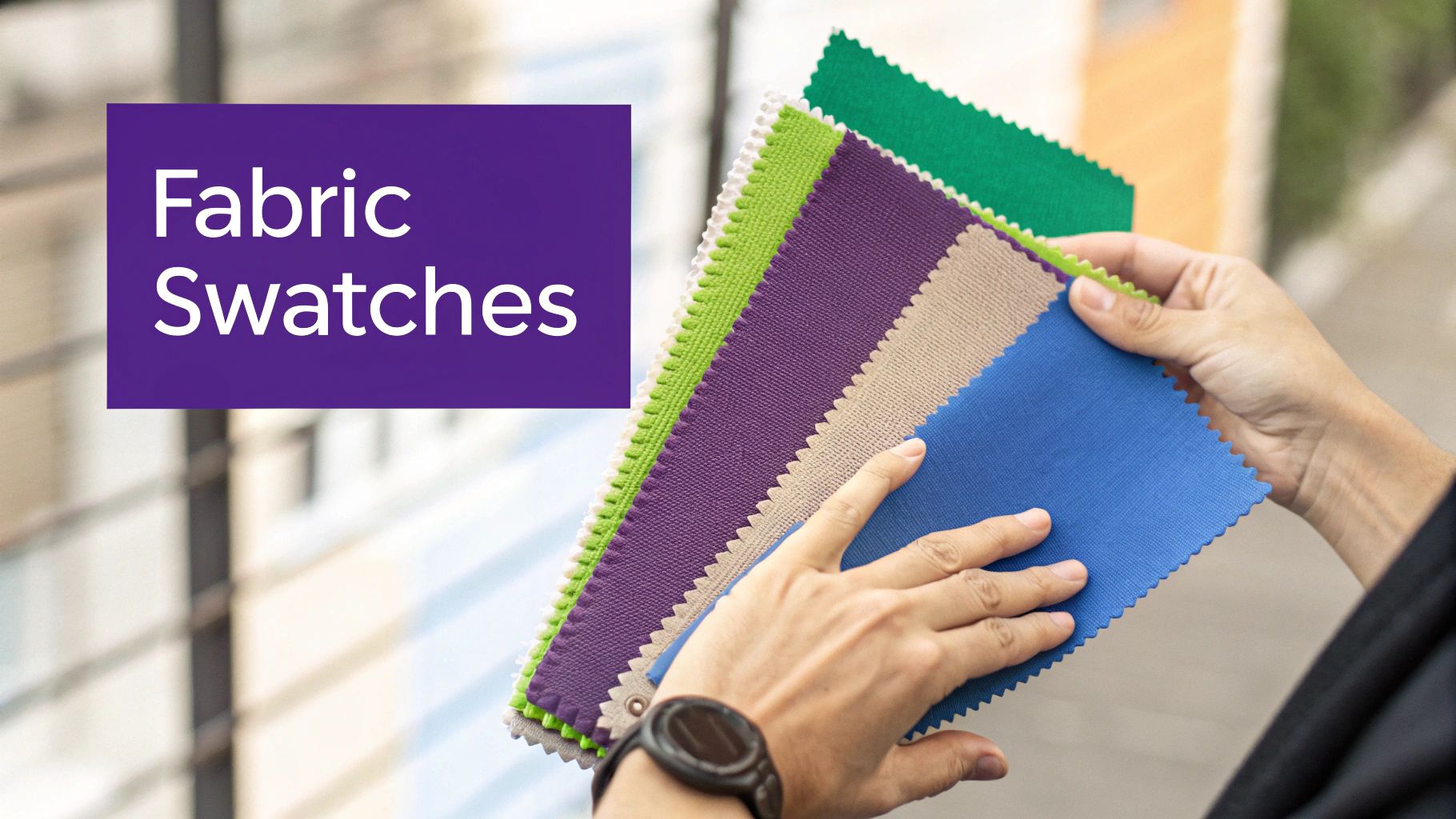
Understanding your skin undertone is the first step in developing a personalized color palette that enhances your natural features. With this knowledge, you can build a wardrobe and makeup collection that makes you look polished and put-together. For an in-depth guide, check out: How to master your perfect color palette.
Understanding Color Theory and Your Undertone
The basics of color theory help explain which shades work best with different skin undertones. For those with cool undertones, colors containing blue, pink, and purple notes tend to be most flattering. Jewel tones like sapphire, emerald, and ruby often bring out the best in cool-toned complexions.
Building a Wardrobe That Complements Your Undertone
Your clothing color choices can make a big difference in how well your overall look comes together. The key is matching both the color and its intensity to your undertone. Cool undertones often look best in clear, bright shades, while warm undertones shine in rich, earthy colors.
- Cool Undertones: Focus on blue, lavender, rose pink, and jewel tones
- Warm Undertones: Choose olive green, burnt orange, gold, and warm browns
- Neutral Undertones: Mix both cool and warm shades to find your best matches
Makeup Selection Based on Your Undertone
Your makeup should work with your natural coloring, not against it. Getting the right match in foundation, blush, and lipstick creates a natural, fresh-faced look.
- Foundation: Select one that exactly matches your undertone to avoid an obvious line of demarcation
- Blush: Cool undertones look great in pink and berry shades; warm undertones glow with peach and coral
- Lipstick: Cool undertones pop in berry and rose tones; warm undertones shine in coral and brown shades
Color analysis research shows that most people have neutral rather than strictly cool or warm undertones, which is why muted shades often work well. Learn more about color analysis and skin undertones here. Remember to test colors in natural daylight for the most accurate results. This knowledge helps you adapt current trends to complement your unique coloring.
Navigating Common Undertone Challenges
When it comes to skin undertone, identifying yours can be tricky at first. Let's explore some common challenges and solutions to help you confidently determine your undertone.
Addressing Undertone Changes and Ethnic Variations
Your base undertone stays constant, but various factors can affect how it appears on the surface. Tanning, aging, and certain health conditions may temporarily mask your true undertone. Different ethnicities can also show unique undertone patterns - for instance, someone of East Asian descent might have cool undertones beneath warm surface tones. To learn more about how various factors affect undertone appearance, check out How vein color relates to health and beauty.
This complexity means standard undertone "rules" don't always apply neatly. Taking a personalized approach that considers both surface tones and underlying hues leads to more accurate results.
Deciphering Conflicting Diagnoses
Getting different undertone assessments from multiple sources is common and can be confusing. Variations in lighting, testing methods, and individual interpretations often lead to mixed results. For example, one expert may focus on blue veins indicating coolness, while another emphasizes golden surface tones suggesting warmth. The solution? Test yourself using multiple methods in consistent natural daylight.
Overcoming Testing Challenges
Many people find standard undertone tests challenging. If you struggle with common methods, try these tips:
- Vein Test: Look at veins in several spots like inner arms and temples
- Jewelry Test: Compare gold and silver fabric swatches near your face instead of jewelry
- White Paper Test: Use pure white paper - off-white can give misleading results
Adapting Recommendations for Your Unique Characteristics
While undertone guidelines help, they aren't rigid rules. Trust what looks and feels best on you. Even if you have cool undertones and jewel tones are recommended, you might find certain warm shades equally flattering. Personal experimentation is essential - don't hesitate to try colors outside typical recommendations.
Aging and Skin Undertone
Skin changes with age can affect how undertones appear. Thinner skin may make blood vessels more visible, enhancing cool tones. Some people develop more yellow or golden tones over time. Regular undertone reassessment helps you adapt your color choices as your skin changes. Remember that understanding your undertone is an ongoing process - stay aware of your skin's evolution to make the most flattering color choices at every age.
Maximizing Your Undertone Knowledge
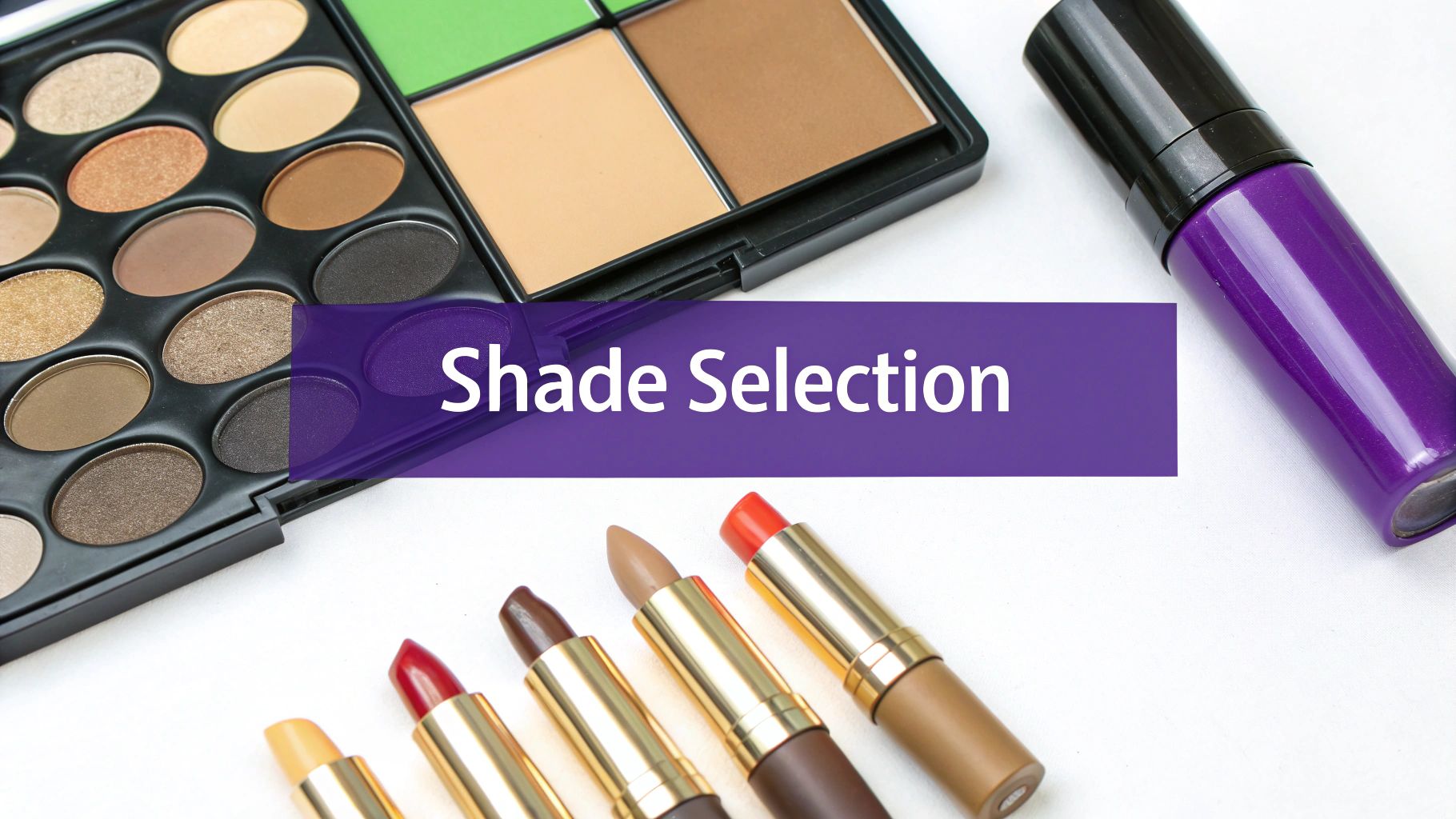
Understanding your skin undertone allows you to make smarter choices about makeup, clothing, and accessories. Let's explore how to apply this knowledge to enhance your natural beauty through practical everyday decisions.
Perfecting Your Foundation Match
Finding the right foundation shade is essential for a natural-looking makeup application. Your undertone guides you to shades that blend seamlessly with your skin. When testing foundations, always check the color match in natural daylight for best results.
Here's what to look for based on your undertone:
- Cool undertones: Choose foundations labeled "rose," "porcelain," or "ivory"
- Warm undertones: Look for "golden," "beige," or "honey" shades
- Neutral undertones: Try foundations described as "sand," "buff," or "linen"
Building a Capsule Wardrobe Based on Your Undertone
A capsule wardrobe consists of essential pieces that mix and match easily. When you select colors that complement your undertone, creating outfits becomes effortless. Someone with warm undertones, for example, looks great in earth tones like olive green and rich brown.
Best color choices by undertone:
- Cool undertones: Blues, greens, purples, and pinks
- Warm undertones: Yellows, oranges, browns, and reds
- Neutral undertones: Both cool and warm colors work well
Mastering Seasonal Color Adjustments
Your best colors may shift slightly with the seasons as your skin tone changes. Summer often allows for brighter shades, while winter calls for deeper tones. This applies especially to makeup - warm undertones shine with bronze eyeshadow, while cool undertones pop with silvery highlights.
Shopping Smarter With Undertone Awareness
Once you know your undertone, shopping becomes more focused and efficient. Rather than getting overwhelmed by endless options, you can quickly identify which colors will work best for you. This saves time and money while helping you build a cohesive style that highlights your natural coloring.
Want personalized color recommendations? AI Color Analysis can identify your undertone, seasonal color palette, and best shades for clothing and makeup. Get your custom color analysis report to discover your most flattering colors.
Article created using Outrank
Take your style to the next level with a professional analysis
You already know the theory. Now discover exactly which colors and styles enhance your personal image.
Loading...
Complete PDF report in less than 5 minutes
Your color season and personalized palette
Specific makeup and clothing recommendations
Based on professional color analysis
One-time investment:
One-time payment, no subscriptions. Instant access.